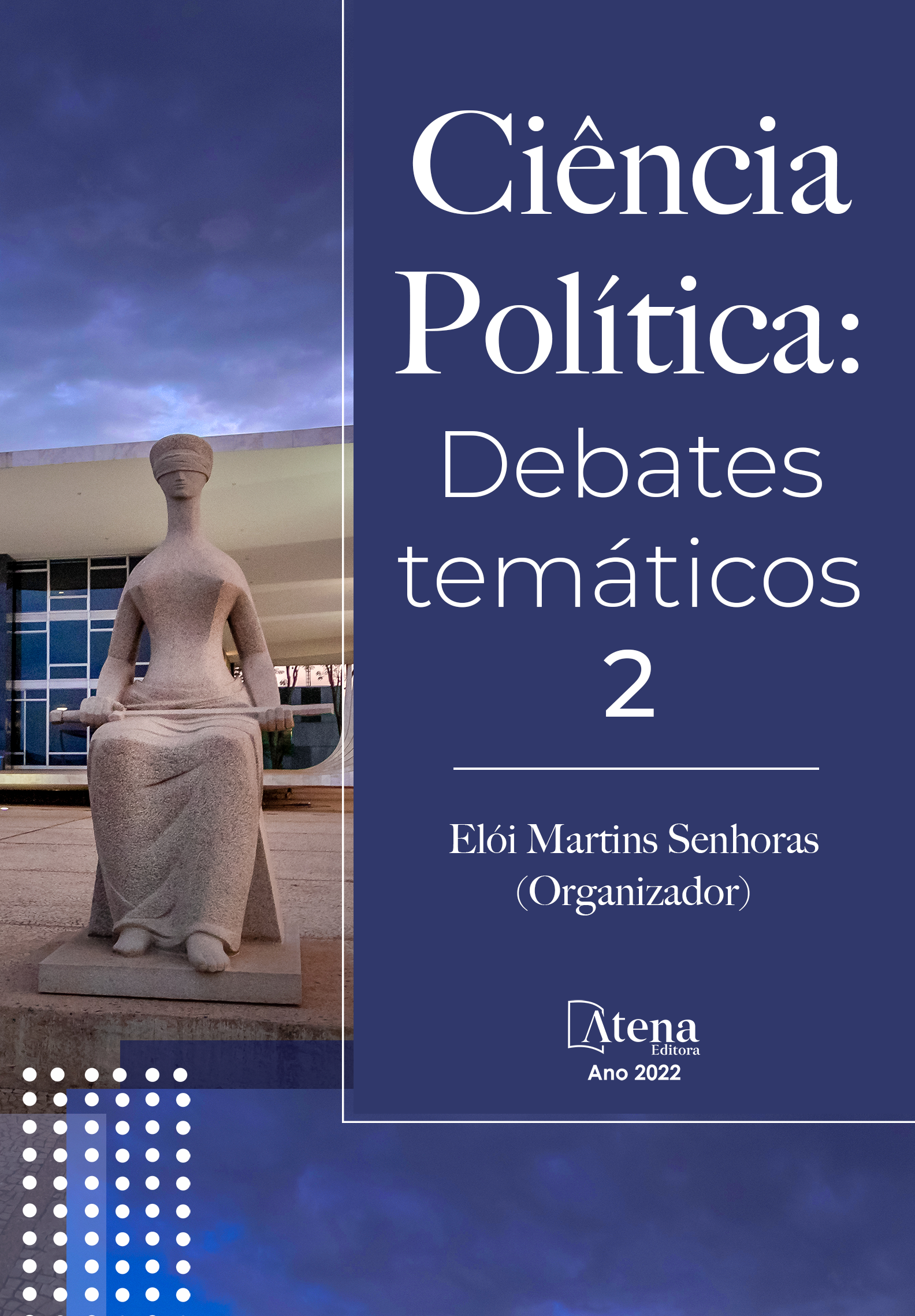
A CARACTERIZAÇÃO DO MERO ABORRECIMENTO COMO UM CRITÉRIO PARA CONTER A INDÚSTRIA DOS DANOS MORAIS
1. Em breve análise sobre o tratamento direcionado a alguns casos de danos morais, se verificou que não existiam critérios objetivos para a configuração destes na seara cível, fato que poderia ocasionar quebra da isonomia e ameaça à segurança jurídica. Desta forma, se fez necessário a demonstração dos limites, sentido e alcance do mero aborrecimento para tentar tornar objetiva a delimitação dos danos morais. 2. Os objetivos da pesquisa foram: a) geral, verificar a possibilidade e viabilidade de serem definidos critérios objetivos para configuração do dano moral; e b) especificamente, verificar quais os padrões decisórios dos Tribunais para caracterização dos danos morais e se seria possível a utilização dos parâmetros trabalhistas de configuração de danos extrapatrimoniais, previstos no art. 223-G, incisos I a XII, da CLT, na determinação de danos morais cíveis. 3. O método adotado foi o dialético, que consiste na contraposição de informações para obter um panorama da aplicação do tema em análise. 4. O exame dos resultados finais demonstrou que a ausência de critérios objetivos para a configuração de danos morais tem gerado discrepâncias jurisprudenciais, tendo em vista que, a fim de suprimir essa lacuna, cada um dos Tribunais está decidindo de acordo com critérios próprios. Ademais, demonstrou que, existe a possibilidade de serem utilizados critérios objetivos trabalhistas para auferir danos extrapatrimoniais na seara cível quando da configuração de danos morais, porém os Tribunais não o têm adotado.
A CARACTERIZAÇÃO DO MERO ABORRECIMENTO COMO UM CRITÉRIO PARA CONTER A INDÚSTRIA DOS DANOS MORAIS
-
DOI: 10.22533/at.ed.8992217059
-
Palavras-chave: Danos morais; Critérios objetivos dos danos morais; Mero aborrecimento e danos morais.
-
Keywords: Moral damages; Objective criteria for moral damages; Mere annoyance and moral damage.
-
Abstract:
1. In a brief analysis of the treatment directed to some cases of moral damages, it was found that there were no objective criteria for the configuration of these in the civil area, a fact that could cause a breach of isonomy and a threat to legal certainty. In this way, it was necessary to demonstrate the limits, meaning and scope of mere annoyance to try to make objective the delimitation of moral damages. 2. The research objectives were: a) general, to verify the possibility and feasibility of defining objective criteria for the configuration of moral damages; and b) specifically, to verify the decision-making standards of the Courts for characterizing moral damages and whether it would be possible to use the labor parameters for the configuration of off-balance sheet damages, provided for in art. 223-G, items I to XII, of the CLT, in the determination of civil moral damages. 3. The method adopted was the dialectic, which consists of comparing information to obtain an overview of the application of the topic under analysis. 4. The examination of the final results showed that the absence of objective criteria for the configuration of moral damages has generated jurisprudential discrepancies, considering that, in order to eliminate this gap, each of the Courts is deciding according to its own criteria. In addition, it demonstrated that there is the possibility of using objective labor criteria to obtain off-balance sheet damages in the civil area when configuring moral damages, but the Courts have not adopted it.
-
Número de páginas: 15
- Juliano Ralo Monteiro
- Maria Auxiliadora Pinto de Lima


